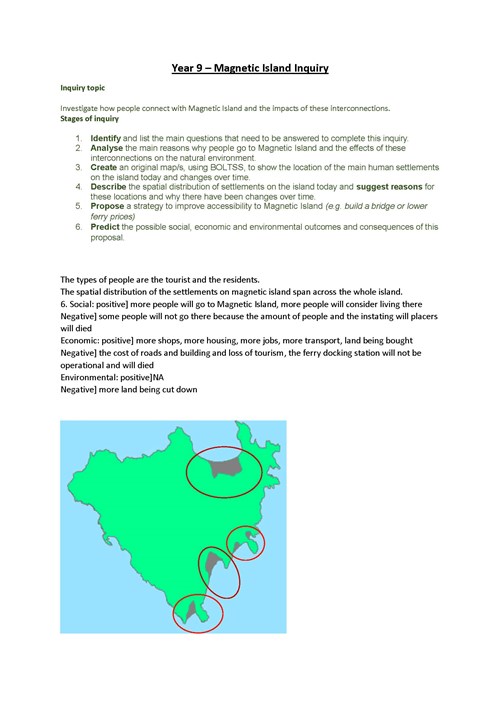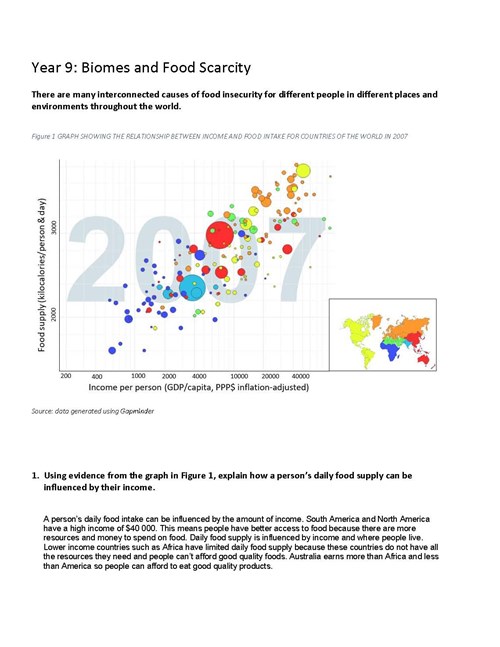- Home
- Resources
- Work samples
- Samples
- Interconnections: Magnetic Island - AT
Geography
Year 9
Satisfactory
Interconnections: Magnetic Island
Summary of task
Over a two-week period, students completed a staged investigative inquiry into how people connect with Magnetic Island and the impacts of these interconnections.
The scaffolded stages of the inquiry were:
- Identify and list the main questions that need to be answered to complete this inquiry.
- Analyse the main reasons why people go to Magnetic Island and the effects of these interconnections on the natural environment.
- Create an original map/s, using BOLTSS, to show the location of the main human settlements on the island today and changes over time.
- Describe the spatial distribution of settlements on the island today and suggest reasons for these locations and why there have been changes over time.
- Propose a strategy to improve accessibility to Magnetic Island (e.g. build a bridge or lower ferry prices).
- Predict the possible social, economic and environmental outcomes and consequences of this proposal.
Achievement standard
By the end of Year 9, students explain how geographical processes change the characteristics of places. They analyse interconnections between people, places and environments and explain how these interconnections influence people, and change places and environments. They predict changes in the characteristics of places over time and identify the possible implications of change for the future. Students analyse alternative strategies to a geographical challenge using environmental, social and economic criteria.
Students use initial research to identify geographically significant questions to frame an inquiry. They evaluate a range of primary and secondary sources to select and collect relevant and reliable geographical information and data. They record and represent multi-variable data in a range of appropriate digital and non-digital forms, including a range of maps that comply with cartographic conventions. They use a range of methods and digital technologies to interpret and analyse maps, data and other information to propose explanations for patterns, trends, relationships and anomalies across time and space, and to predict outcomes. Students synthesise data and information to draw reasoned conclusions. They present findings, arguments and explanations using relevant geographical terminology and digital representations in a range of appropriate communication forms. Students propose action in response to a geographical challenge, taking account of environmental, economic and social factors, and predict the outcomes and consequences of their proposal.
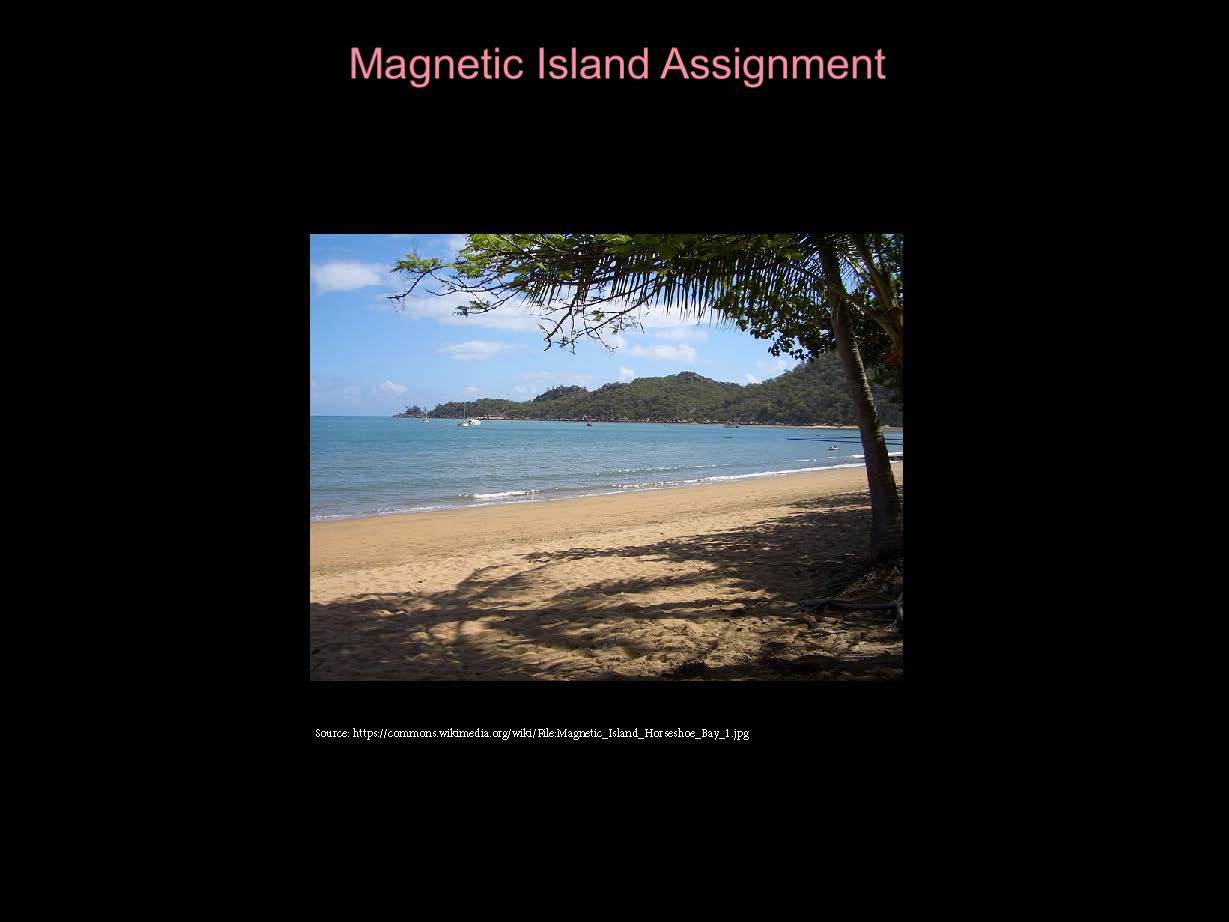
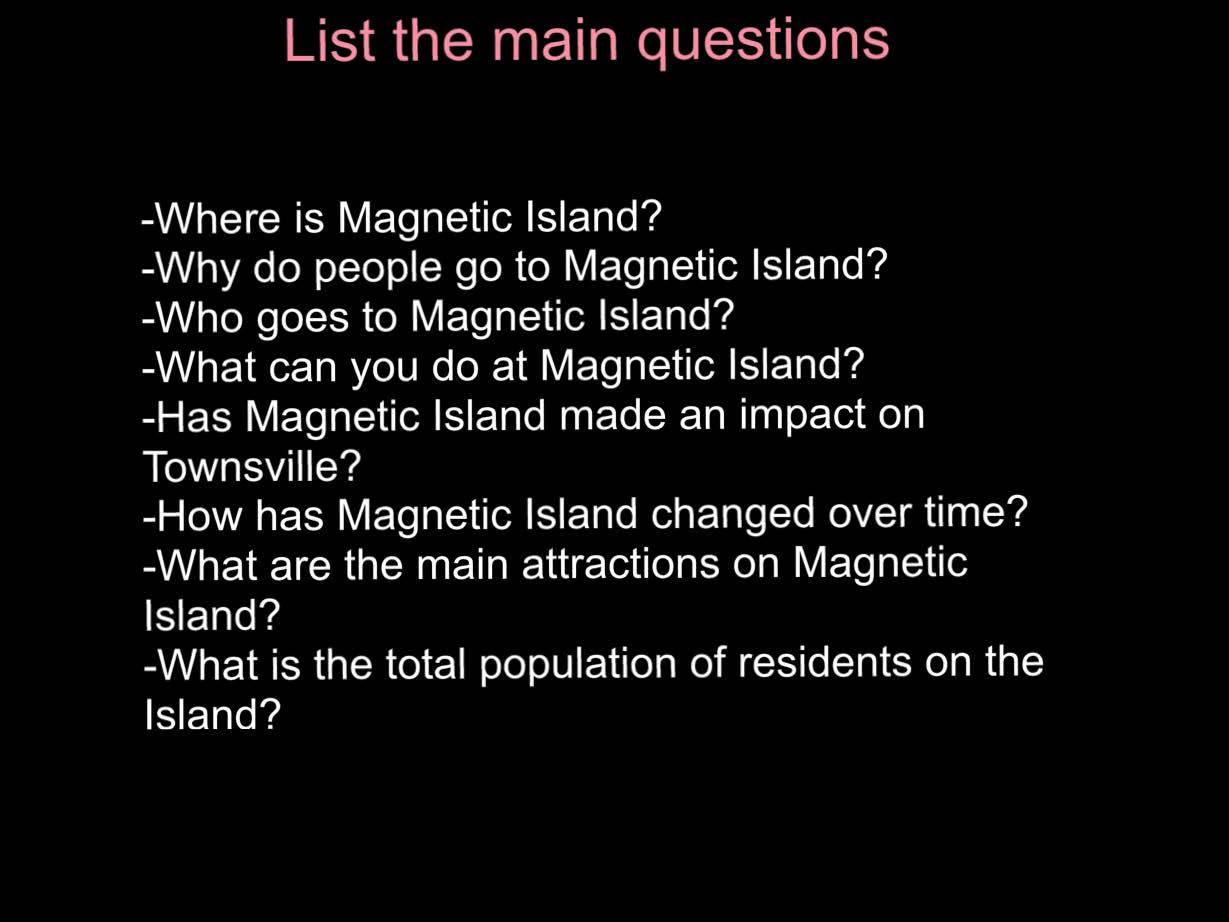 1
Annotation 1
1
Annotation 1
Identifies geographical questions to frame an inquiry
-
Annotations
-
1
Annotation 1
Identifies geographical questions to frame an inquiry
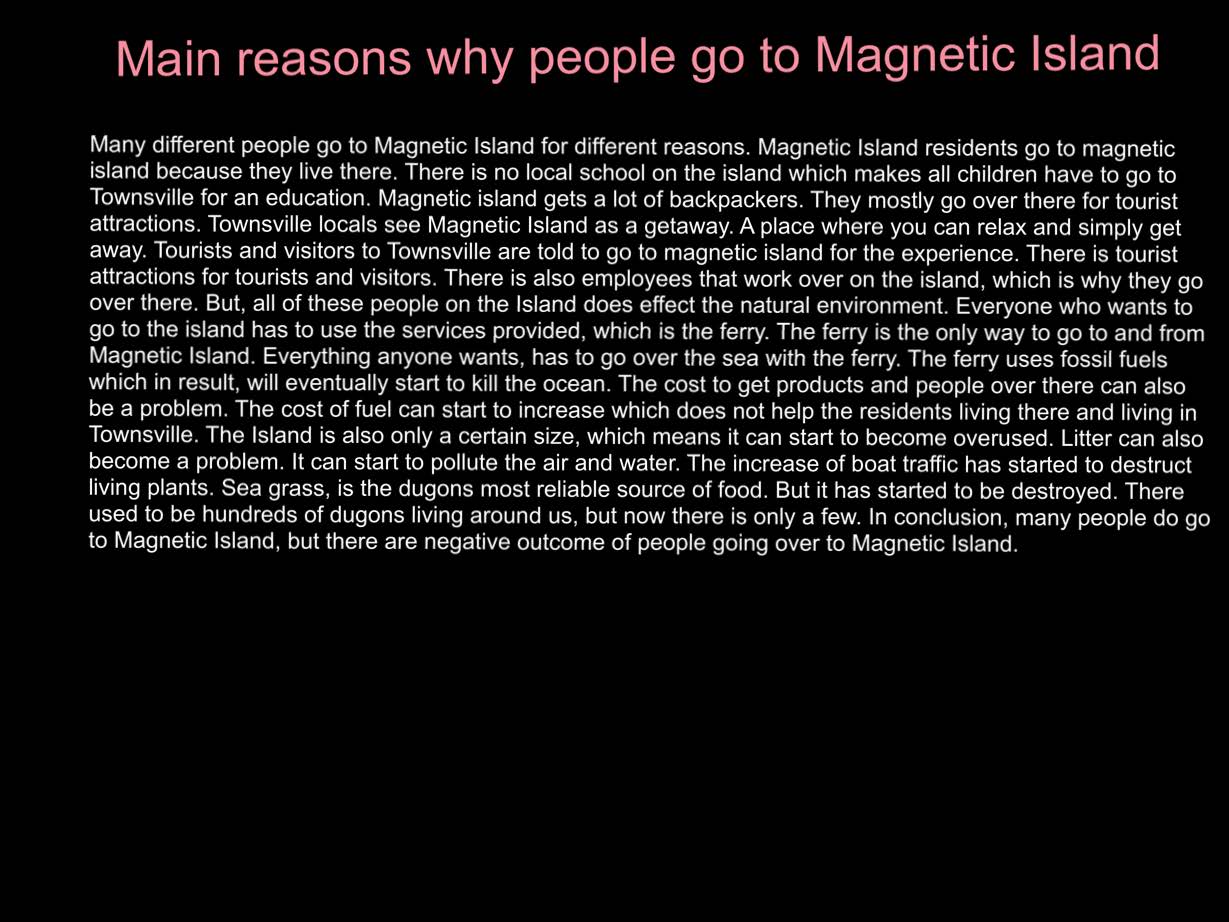 1
Annotation 1
1
Annotation 1
Explains interconnections between people, places and environments
-
Annotations
-
1
Annotation 1
Explains interconnections between people, places and environments
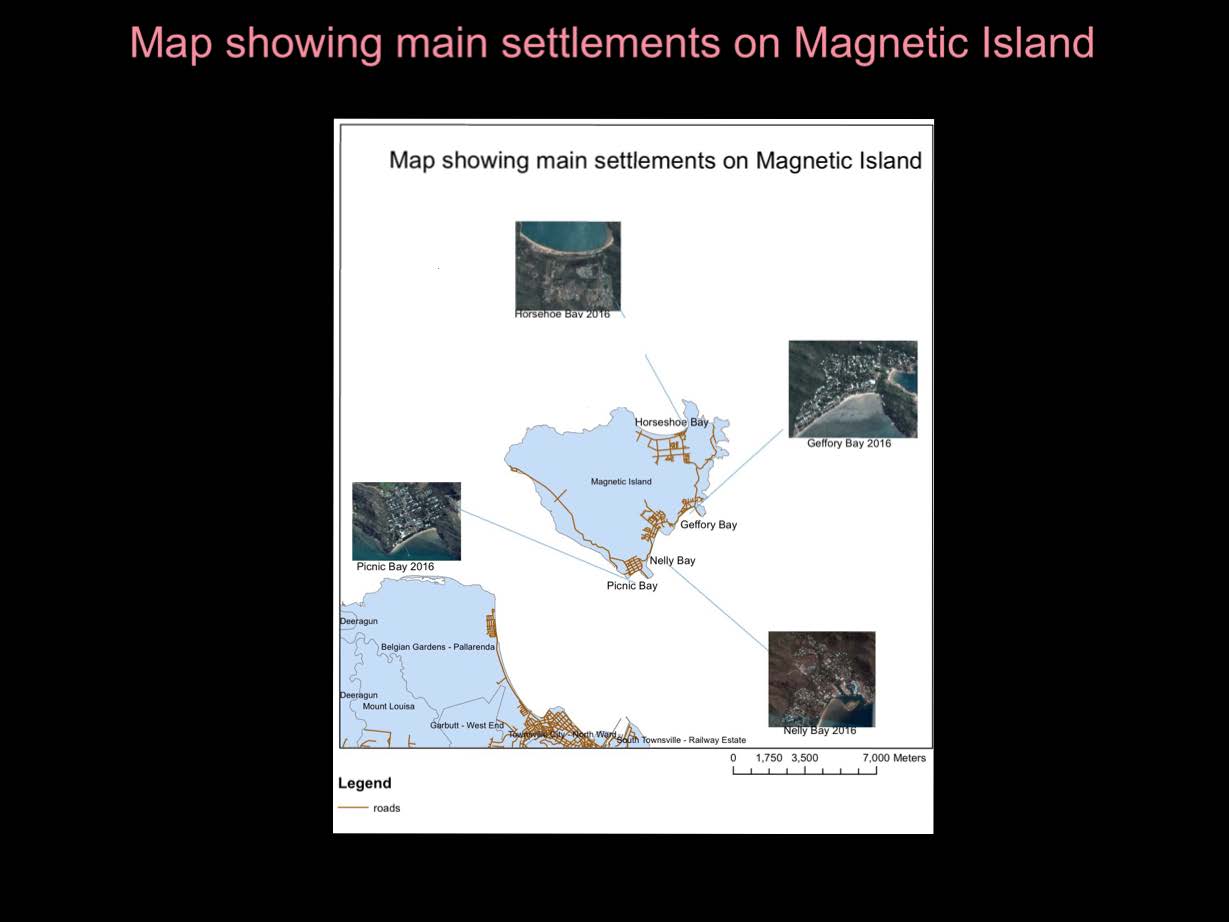 1
Annotation 1
1
Annotation 1
Represents information to indicate the characteristics of places over time using photographs and a map which conforms to most cartographic conventions
-
Annotations
-
1
Annotation 1
Represents information to indicate the characteristics of places over time using photographs and a map which conforms to most cartographic conventions
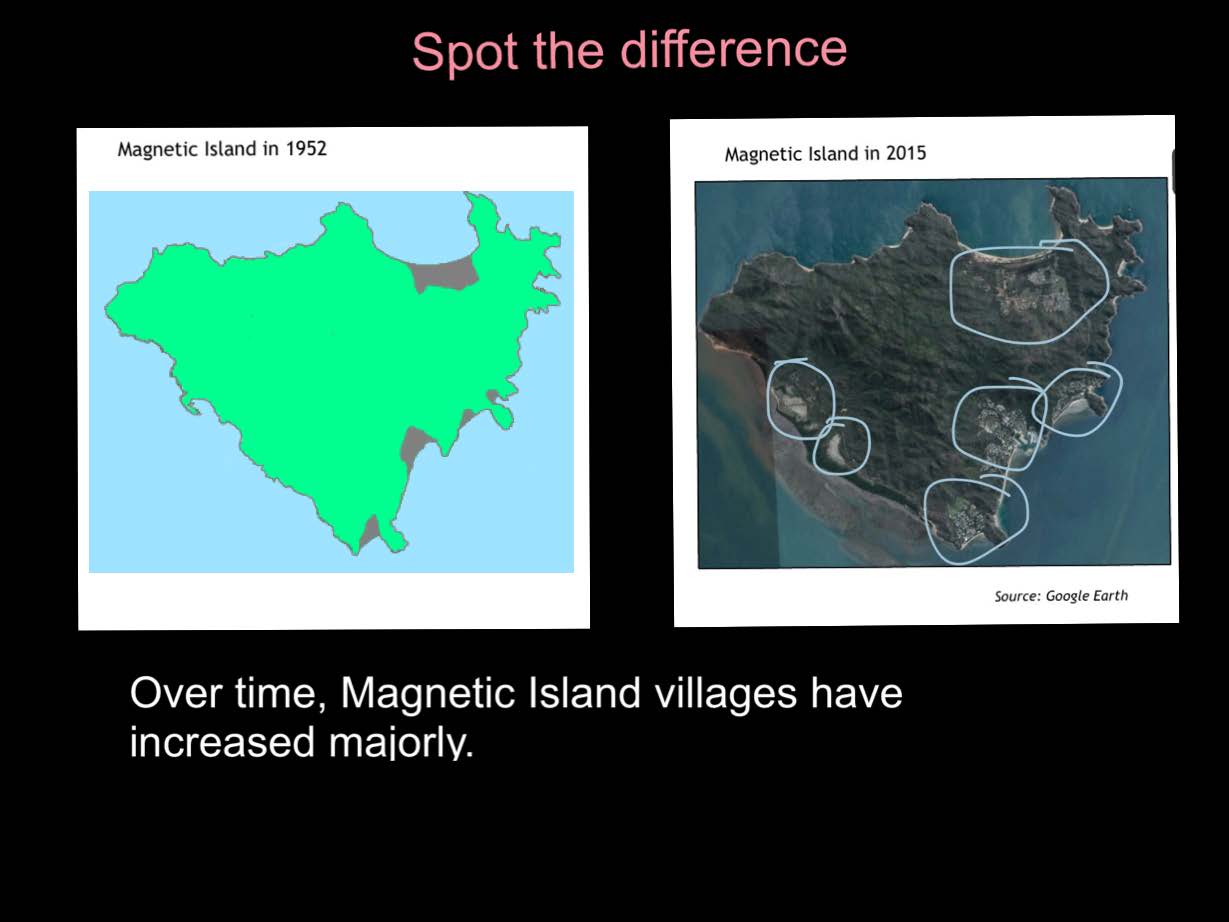 1
Annotation 1
1
Annotation 1
Represents information to indicate the characteristics of places over time
-
Annotations
-
1
Annotation 1
Represents information to indicate the characteristics of places over time
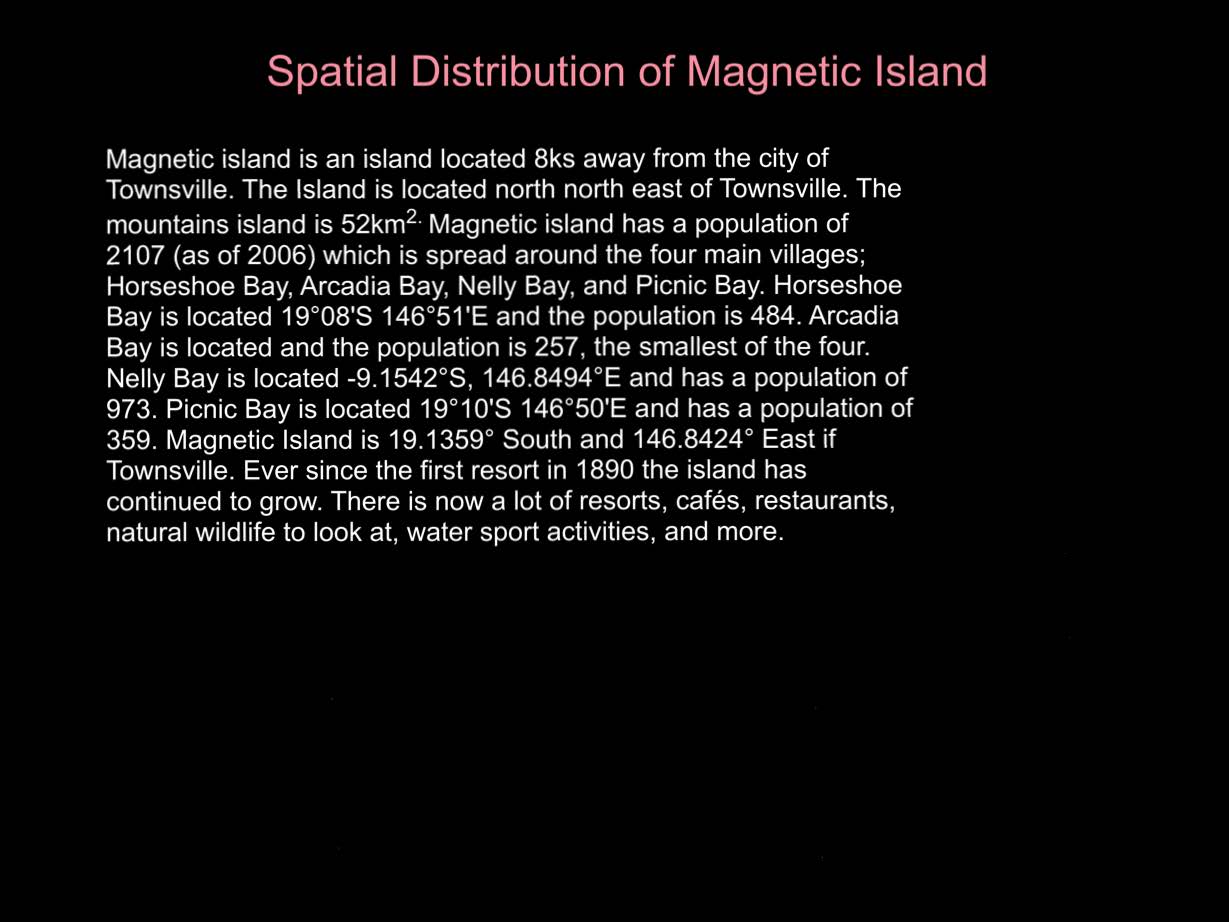 1
Annotation 1
1
Annotation 1
Describes the location and characteristics of places using geographical terminology
-
Annotations
-
1
Annotation 1
Describes the location and characteristics of places using geographical terminology
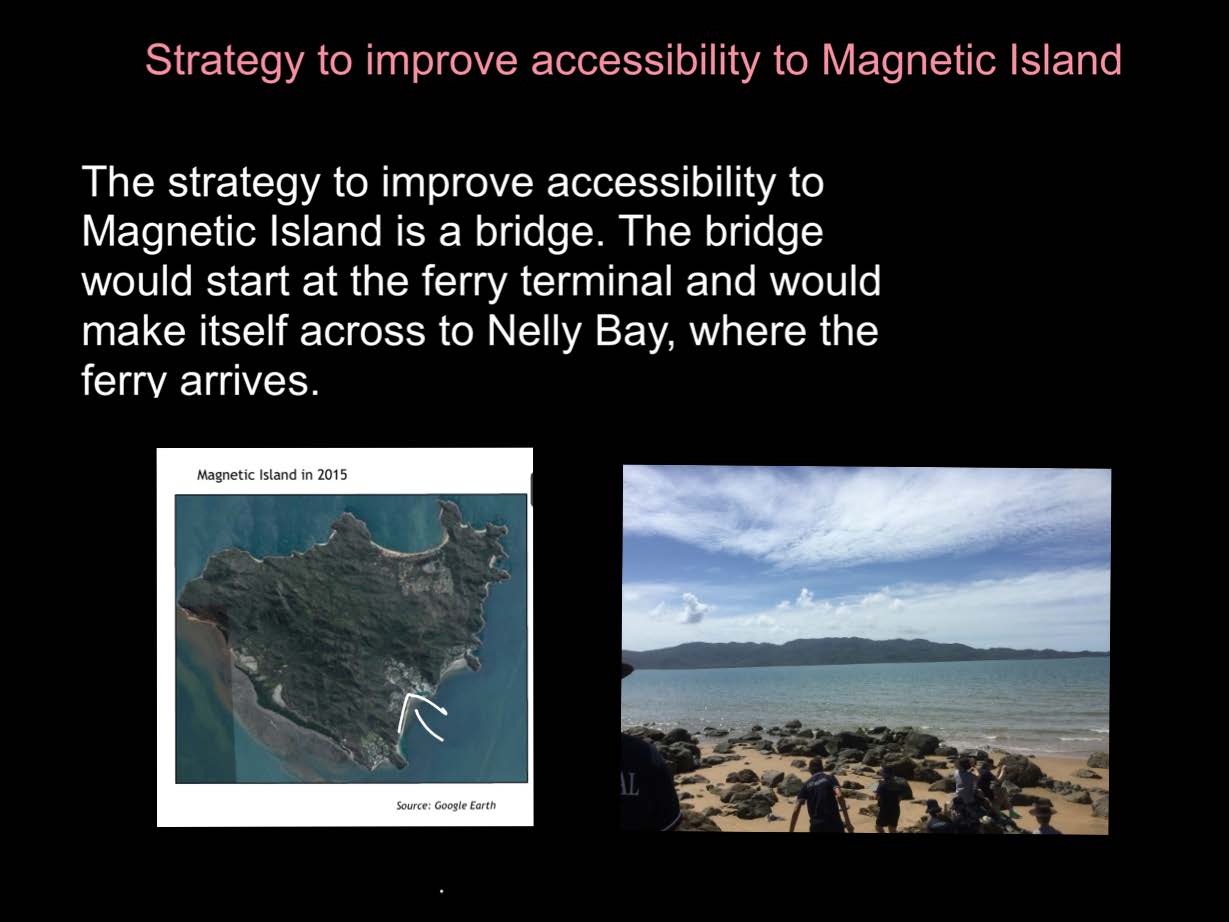 1
Annotation 1
1
Annotation 1
Proposes an action in response to a geographical challenge
-
Annotations
-
1
Annotation 1
Proposes an action in response to a geographical challenge
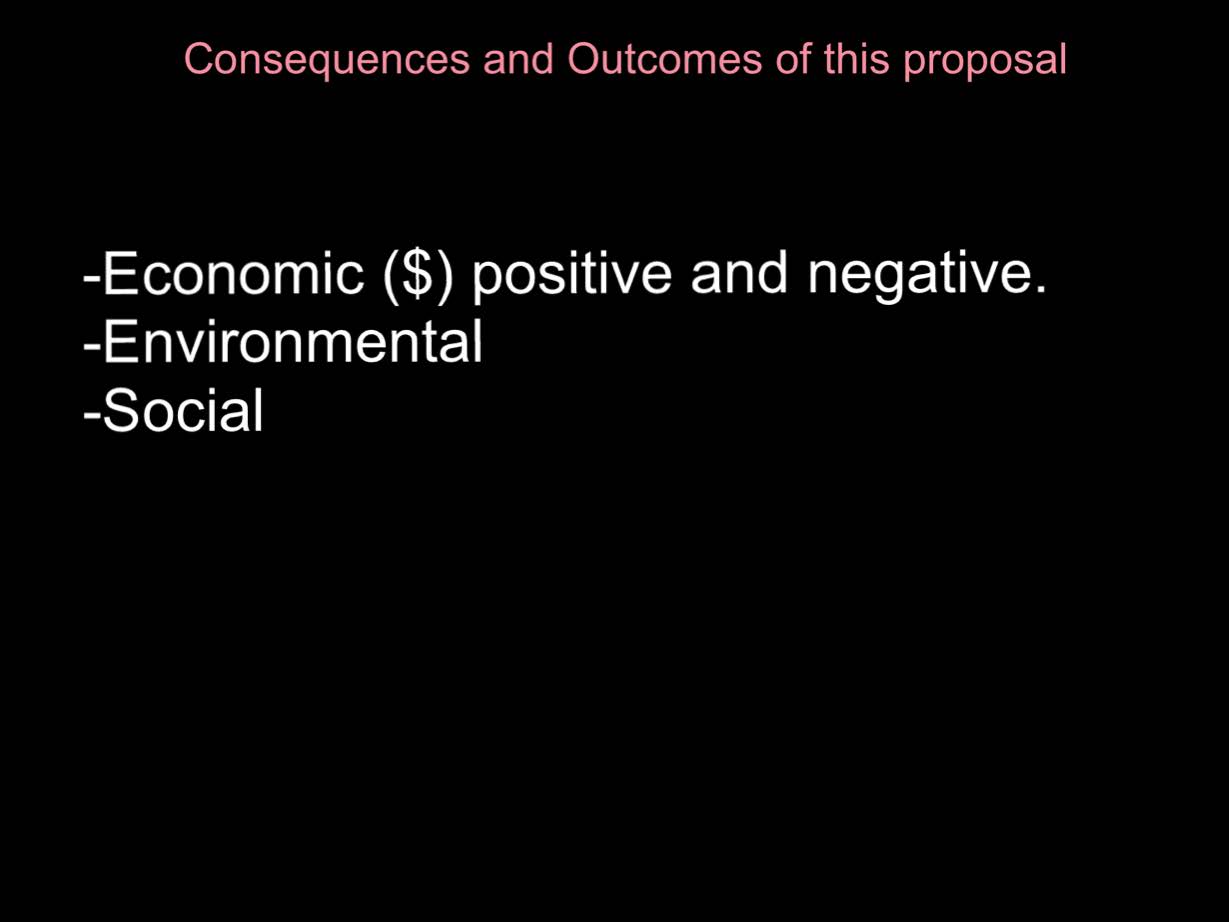
 1
Annotation 1
1
Annotation 1
Predicts the economic outcomes and consequences of the proposed action
-
Annotations
-
1
Annotation 1
Predicts the economic outcomes and consequences of the proposed action
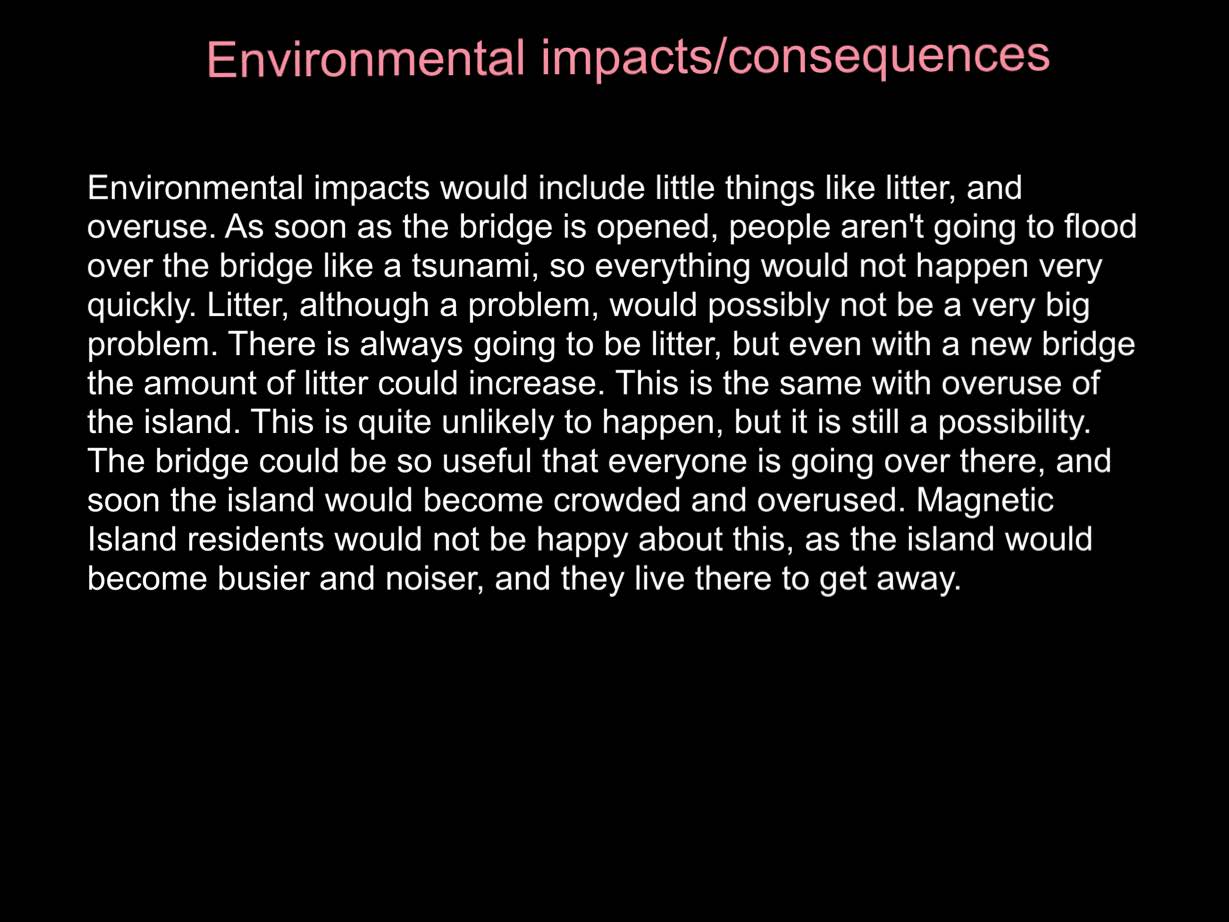 1
Annotation 1
1
Annotation 1
Predicts the environmental outcomes and consequences of the proposed action
-
Annotations
-
1
Annotation 1
Predicts the environmental outcomes and consequences of the proposed action
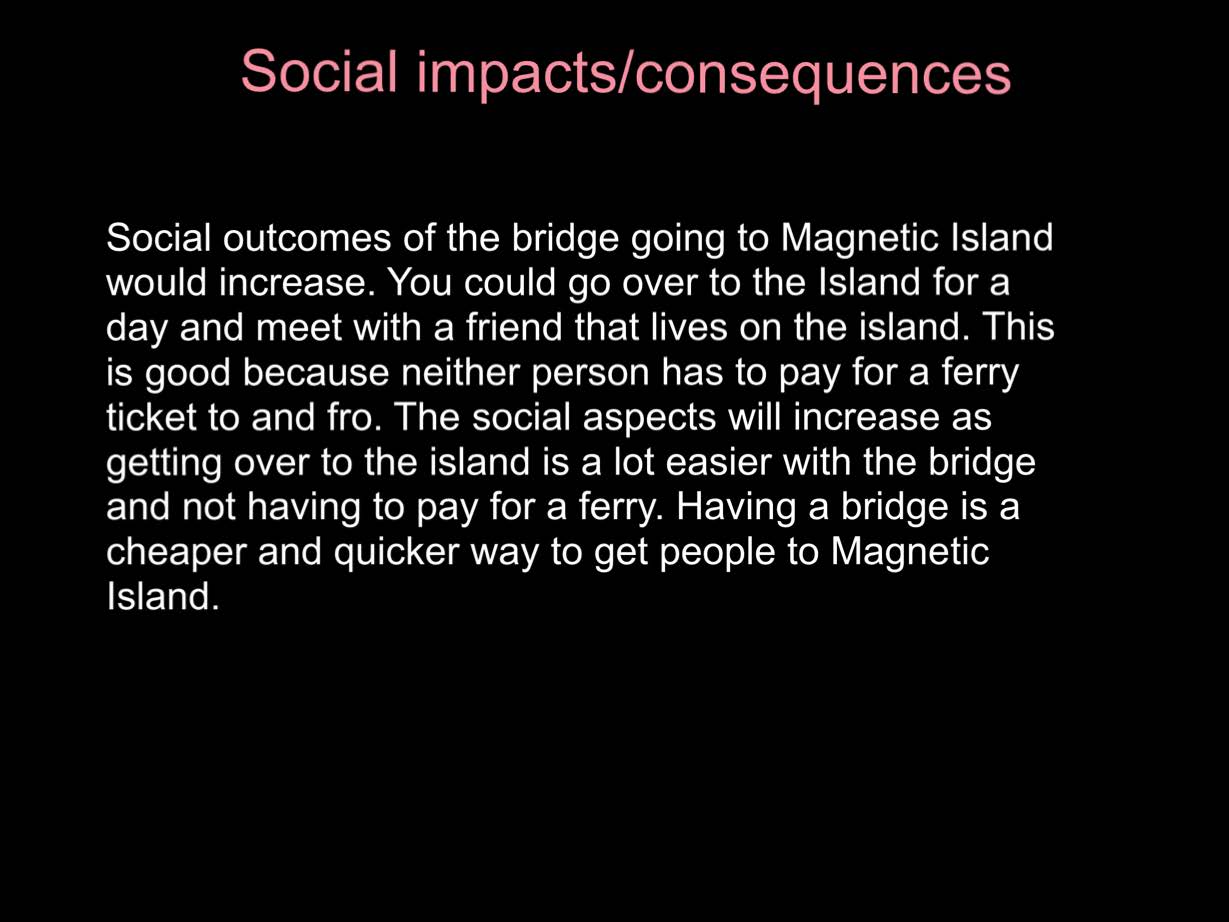 1
Annotation 1
1
Annotation 1
Predicts the social outcomes and consequences of the proposed action
-
Annotations
-
1
Annotation 1
Predicts the social outcomes and consequences of the proposed action
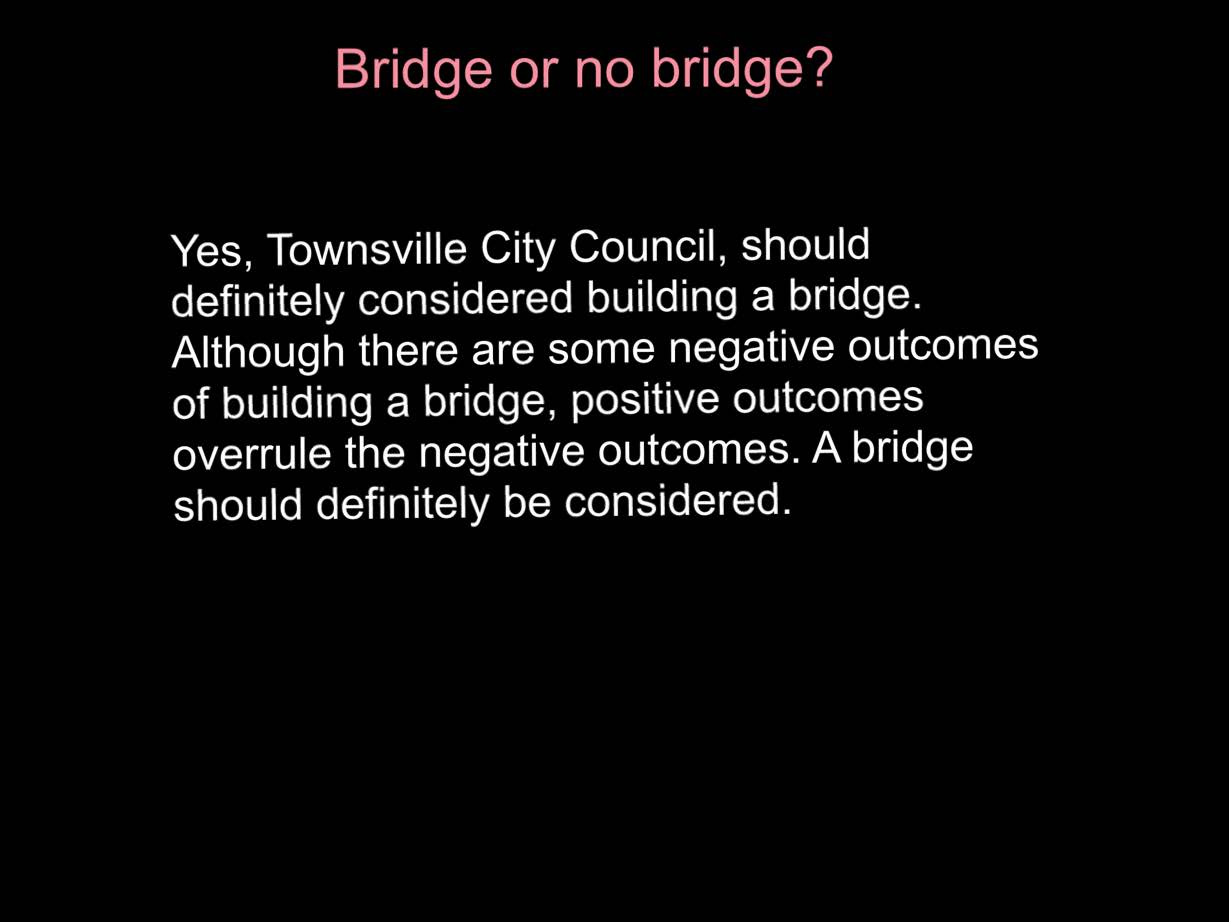 1
Annotation 1
1
Annotation 1
Presents a simple reasoned conclusion
-
Annotations
-
1
Annotation 1
Presents a simple reasoned conclusion

